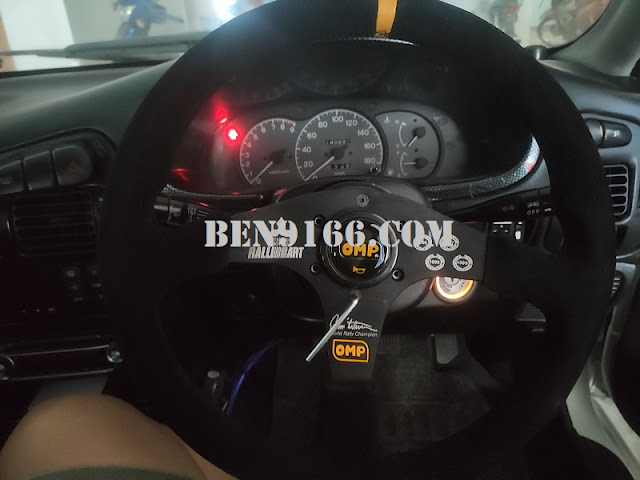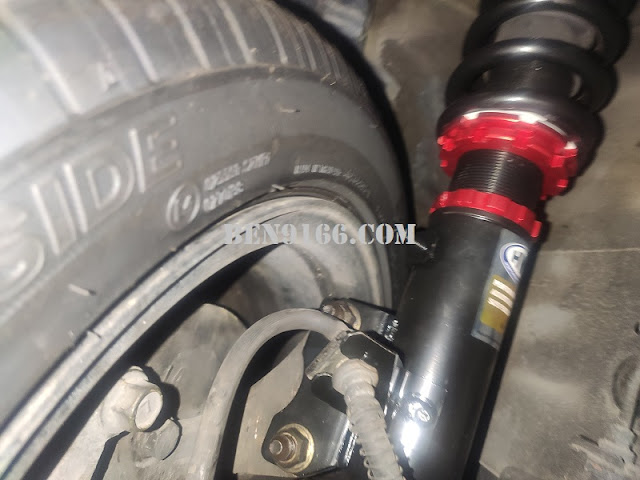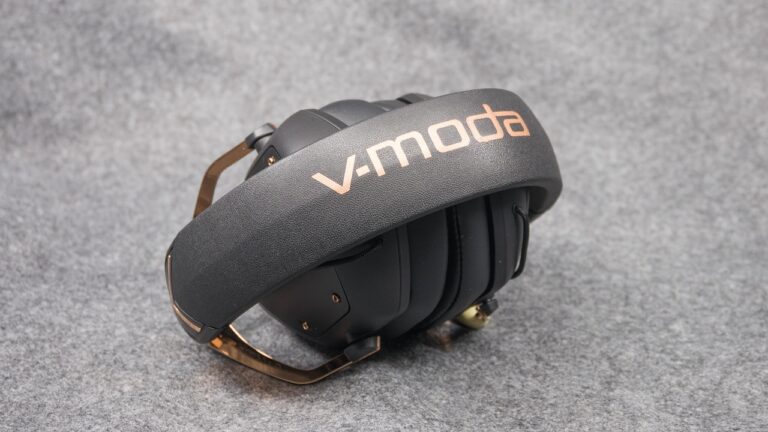
When my Satria broke down, I knew right away it was going to be one of those long, frustrating days. The engine cranked with confidence, but no matter how many times we tried, it just wouldn’t fire up. Since it clearly wasn’t a simple issue like a flat battery, I had the car towed to my trusted mechanic’s workshop without delay.
Once the Satria arrived, we wasted no time and jumped straight into diagnosing the issue. Regrettably, I was too caught up in the troubleshooting process to snap any photos of the inspection. In hindsight, that was a rookie mistake—but at the time, getting to the bottom of the problem took priority.
First Checks on my Satria broke down: Battery, Starter, and Wiring
The first step was to eliminate the usual suspects:
- Battery? Check.
- Starter? Working perfectly.
- Wiring? All connections were in place and no visible signs of damage.
Everything appeared to be in working order, which made the situation more puzzling. The engine turned over just fine, yet there was still no sign of life. So, we had to dig deeper.
Digging Deeper: Spark Plugs and Distributor
Next, we moved on to the ignition system. This included testing:
- Distributor
- Spark Plugs
The distributor passed our checks without any issues—it was functioning as expected. However, the spark plugs raised some red flags. When we pulled them out, we noticed something odd: the plugs from cylinders 1 and 3 looked unusually clean. In fact, they appeared as if they hadn’t been firing at all.
That observation pointed us toward a more serious issue within the engine itself.
The Compression Test That Told All
To confirm our suspicions, we conducted a compression test on all four cylinders. Sure enough, cylinders 1 and 3 had zero compression, while the others showed normal readings. This confirmed the root cause: the engine couldn’t start because two out of four cylinders were essentially “dead.” Despite all external components functioning properly, no compression meant no combustion—and that explained exactly why my Satria broke down.
Here’s what we got:
- 1st Cylinder – 0 psi
- 2nd Cylinder – Normal compression
- 3rd Cylinder – 0 psi
- 4th Cylinder – Normal compression
That was the smoking gun. The reason why my Satria broke down was because cylinders 1 and 3 had zero compression making combustion impossible. So the two dead cylinders caused the engine couldn’t start even though everything else seemed fine.
Flushing the Old Fluids
Since the car was already on the lift and it was getting late in the day, we decided to take a proactive step and flush out the engine oil, coolant, and fuel. This is because these fluids had been sitting in the car for too long and were well overdue for replacement. It made sense to refresh them before beginning any serious repair work.

What’s Next for my Satria broke down?
The next step is a more invasive one—we’ll need to remove the cylinder head and inspect for damage:
- Blown head gasket
- Bent or burnt valves
- Cracked head or cylinder wall
- Damaged pistons or rings
I’ll document the teardown and share all the gritty details in SATRIA GSR TURBO 4G93T, where we finally uncover what caused my Satria to break down so catastrophically.
Final Thoughts
If your car cranks but won’t start, don’t overlook the possibility of internal engine damage. A compression test can save you hours of guesswork. In my case, it was the key to discovering the real reason my Satria broke down.
Stay tuned—there’s more to come as we dig deeper into the heart of the engine.







